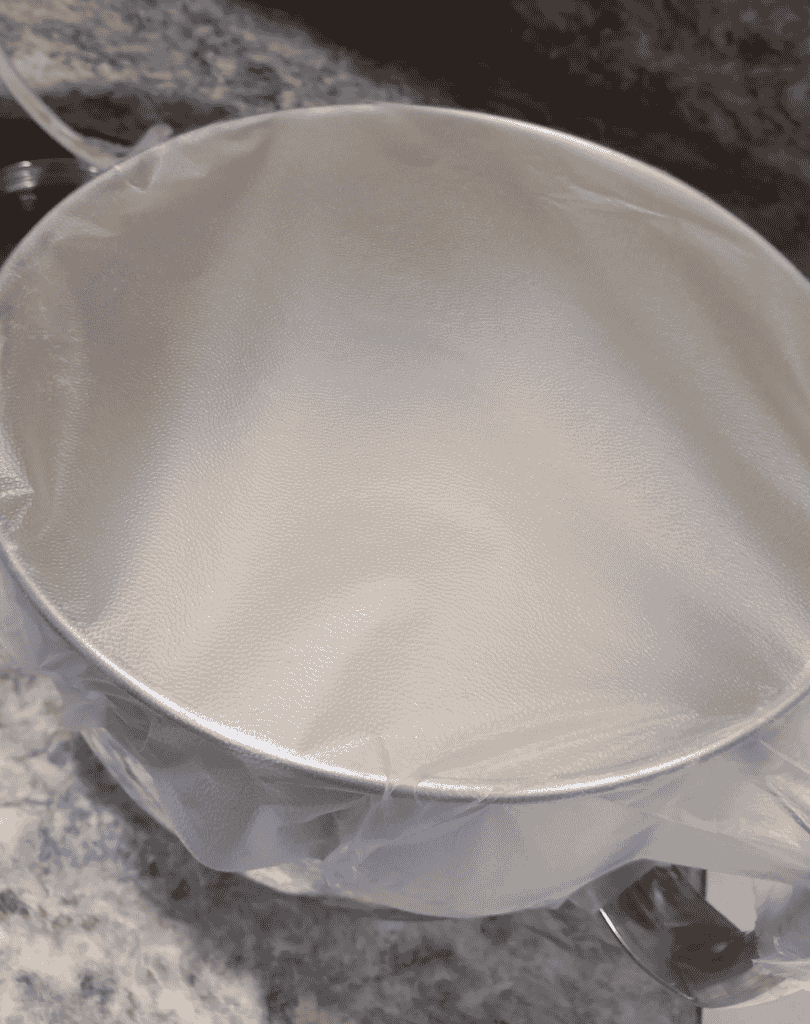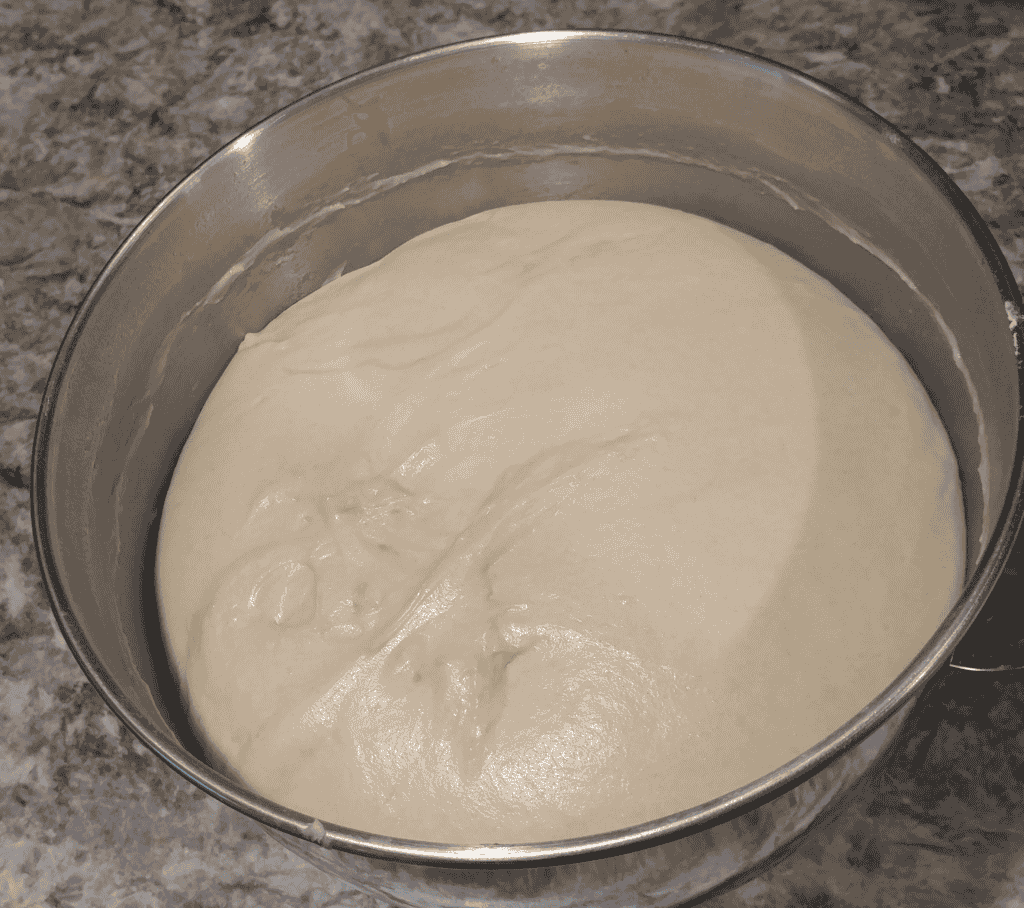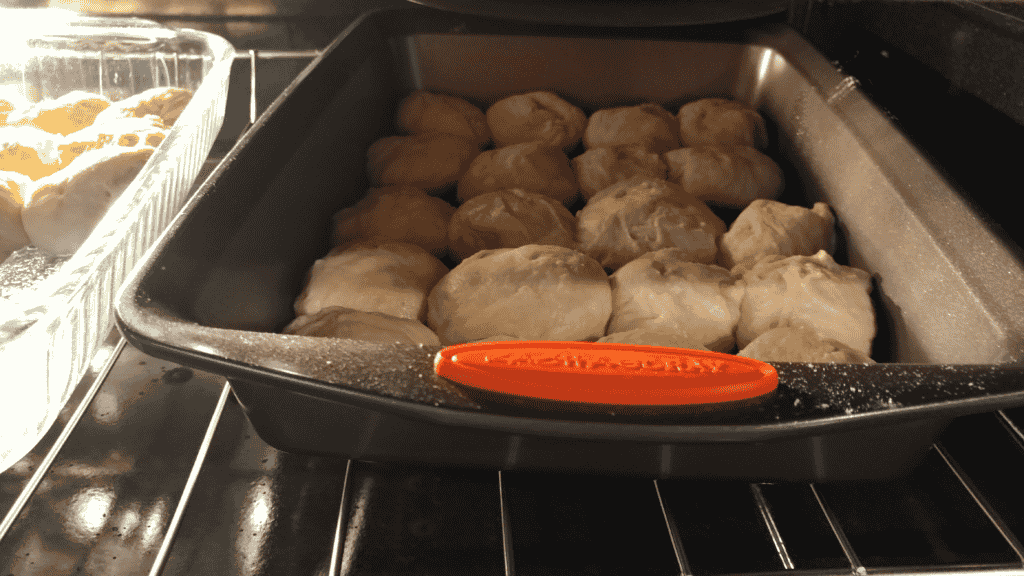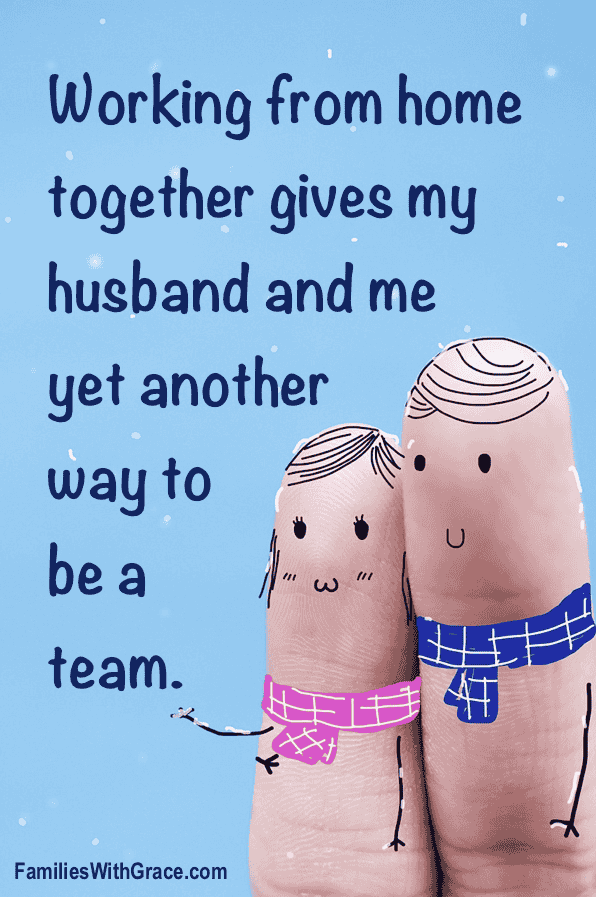Learning to move on from the challenges
This year has brought challenges that most of us didn’t expect when we rang in the new year on January 1. My blog post published on January 2 talked about how I wanted to make sure I kept focused on the things that really matter in life like making memories with my family. I had no idea those memories would include months and months of being at home and helping my kids virtual school full-time.

Of course 2020 has been collectively a difficult and challenging year. Its challenges aren’t going to go away any time soon either. But, like all of us, I’ve had other difficult years. I’ve lived through years I thought really, truly might break me.
I recently went back and read something I wrote at the end of 2013. Even now seven years later, my husband and I still say the only good thing that came out of that year was the birth of our son — and that happened at the end of January.
The rest of the year included all sorts of difficult struggles. It was a year during which we survived. We certainly didn’t thrive. We dragged ourselves to Dec. 31, 2013 with hopes 2014 would be better.
Some years are like that. This year has been like that for many folks. We’ve survived the year, but we haven’t done a lot of thriving. I don’t think anyone is going to hate seeing 2020 finally come to an end.
Finding the good in the midst of bad
However, 2020 wasn’t only bad. Whenever I have a bad year, that’s what I’ve learned I must remember. Each year has both good and bad parts. For the years with more bad than good, we struggle to remember the good stuff sometimes.
Back at the end of 2013, I remember sitting down to write about it and deleting half of what I first typed. I didn’t want to focus on the negative. I wasn’t sure the positive would take many words. But I surprised myself with how many good memories I had from the year.
That’s the challenge for 2020. I know you have good memories from this year. I do. As we close out this year and say good riddance to it, what have been some of your best moments of the year? What are you thankful for?
I can’t speak collectively for all of us. Some moments this year were good for some and not for others. But I can speak for myself.
Good moments of 2020
My children have an early spring break, so we were able to have a spring break trip this year before things went completely sideways. We spent a couple of days at an indoor water park and then they went on a short trip with my parents. Those water park memories were good, but they are even better when viewed with the perspective of the rest of the year!

Being at home more, we did more fun things like playing games together.
We got creative in celebrating Easter this year and ate tacos for Easter dinner.
At the end of June, we spent a week at the lake with my parents and a few days with my brother and his family. My son caught his first fish. I delighted in watching my kids go tubing for their first time. My daughter and I pretended to be otters floating in the lake, completely relaxed. It was a restorative time and a bit of a break from reality. (We still only got food as take-out and made bathroom trips incredibly fast and masked up on the way there and back.)
My husband and I got to be a bigger part of our kids’ first day of school than usual, because we set up for school at home from the start of this school year.
We watched lots of movies and shows together at home.
Our family has laughed and come up with more inside jokes than usual.
We’ve had some great conversations as a family around the table and anywhere we are.
The puppy got in on the action with even more snuggles than usual, which has made all of us happy.
We’ve read through numerous books as a family and not only had more time to read them but also to talk about them.
We got creative for Halloween and hosted a party and Halloween hunt for our parents in lieu of trick-or-treating. We had such fun coming up with snacks and making decorations and games.
I played hostess for Thanksgiving this year with my parents and in-laws. We all contributed food and enjoyed each other’s company. Being together was a blessing!
The list could continue on of the good memories from this year!
Thankfulness in 2020
Along with good memories, the year has many things for which to be thankful. The first thing that pops into my head is that I’m thankful to end this year with a healthy family. My loved ones whom I have most been concerned for have had some other health issues not related to the pandemic, but we are all healthy overall.
I am also thankful for the strength God has given me to get through the year. We started out the pandemic with my husband completely incapacitated after having rotator cuff repair surgery. The first few weeks of quarantine and virtual school were quite intense.
This year I’ve become even more thankful for our new home and the space we have now to spread out for things like virtual schooling.
I’m thankful for our puppy as well. We celebrated his first birthday in May. He brought us lots of love, laughter and cuddles throughout everything this year has held.
I am very grateful for pick-up at stores. While I appreciated grocery pick-up before, I REALLY appreciate it now. I haven’t been inside a store to shop in months. I completed all my Christmas shopping online and had items delivered to me or picked them up without getting out of my car.
Above all, I am thankful for God. He has been faithful, as always, through every moment of this year. God wasn’t surprised or caught off-guard by anything in 2020. He remains faithful and good through every single moment.
Acknowledge the challenge
Looking back at a difficult year to find the positive doesn’t mean that we aren’t acknowledging the negative. This year has also held heart-wrenching moments. We do have to acknowledge those.
As we are doing so, though, we must also take note of what we learned and how we grew through those difficulties. I’ve learned some of the most important lessons of my life through hard times and difficulties. I’m thankful for those lessons, because they serve me well the next time a hard time comes around.
This year may also require mourning for what we lost. I am not even speaking of the loss of life. That is a whole other level of mourning and grief that doesn’t even compare to anything else. I know that. I pray for those who have lost loved ones this year whether because of COVID or because of other reasons.
What I mean by mourning in this instance is acknowledging what we missed out on this year. I think of family events that were canceled. Graduations that were different. Proms that weren’t held. I think of fun at recess that’s been missed. And school programs that were canceled. There were church services held online instead of in person.
So many things were challenging about this year. We had to change our way of life — and that doesn’t come without growing pains.
What I’ve learned, though, is that while we must acknowledge the hard times, we don’t want to get stuck there. Getting stuck in the hard stuff for too long is the problem. And that’s when we go back around to remember the good parts of the year. That’s when we start going through what we’re grateful for.
So let’s process what we went through in 2020 and look forward to what another year will bring.


















